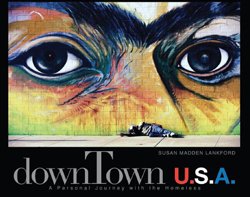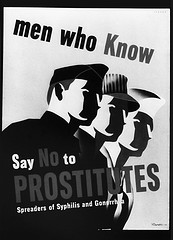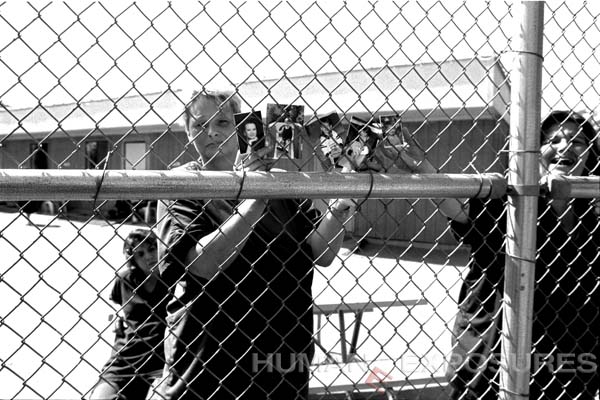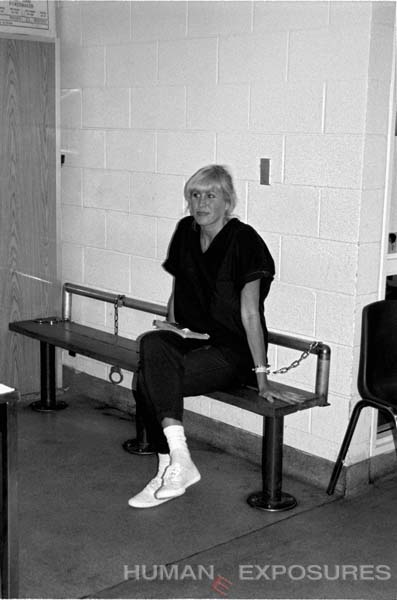
Those familiar with our work here at HUMANE EXPOSURES are aware that we believe that images, combined with personal narratives, are the best way to communicate the ongoing crisis occurring in the American penal system. Susan Madden Lankford’s second book, Maggots in My Sweet Potatoes: Women Doing Time, demonstrates that approach very well. There are, however, other socially conscious photographers out there doing similar things.
One of them is Robert Gumpert. Much like Lankford, he aims his camera at the inequities of life, including incarceration. He carries things one step further though. The personal narratives attached to each photo are not written, they are playable recordings of the inmates’ own words and voices. Here is the short description from Gumpert’s website:
Work on ‘Locked and Found’ started in 2006. Any prisoner in the San Francisco County Jail system can take part telling any story, on any topic they choose but for an open case. Those who take part in ‘Locked and Found’ get photos and an audio copy of their story.
The picture we used in the post, for instance, is of Shanika Perkins. It was taken last March, and, along with, two recordings were made. The two audio clips are only a few minutes long, one is called “20 Years,” and the other one is “They’re sexy to me.” The first one reflects on the substance abuse issues that had brought Perkins to jail, how incarceration has jumpstarted her writing, and her first forays into Buddhism. The second one is Perkins’ own perspective on her (primarily “jailhouse”) tattoos and their meaning. [Listen here, the play buttons are underneath the photo.]
Gumpert explores other social issues with his images as well. In the first half of 2003, he produced a series of works for the Institute of Industrial Relations Gallery at Berkeley called Field Work. It is described on the Institute’s website as follows:
‘Field Work’ is one of a series of projects that hopefully raise questions in the viewer’s mind about relationships in the world we live in. In this case the subject is agriculture and those that work the fields. All the images are from California, where half of the nation’s vegetables and fruits are grown, including 85% of the strawberries and 95% of the tomatoes used in processed foods. The photo/text panels illustrate the harvesting of specialty crops such as asparagus, romaine lettuce, pomegranates, garlic, and cotton, and together tell the story of the political economy of agriculture and of the field workers that form the labor backbone of this industry with falling wages and increased corporate subsidies.
Ryan Hinckson, a writer for TrendHunter.com, was quite impressed with a photo series Gumpert did on the subject of prison tattoos and their meanings:
Whether you are interested in it for the tattoos, the look at prison culture or because of a love of photography, the Robert Gumpert ‘American Prison Tattoos’ photo series will not disappoint.
Check out Gumpert’s work — it will make you think.
Source: “Take a Picture, Tell a Story,” Take a Picture, Tell a Story
Source: “Robert Gumpert,” RobertGumpert.com
Source: “Exploring Inmate Ink,” TrendHunter
Image copyright Robert Gumpert, from the show “Locked and Found.” Used with permission.
Visit Us on Facebook: Humane Exposures Publishing , downTownUSA, Maggots in My Sweet Potatoes, It’s More Expensive To Do Nothing

 As part of its Third Wednesday Series, the
As part of its Third Wednesday Series, the  The Newburyport Documentary Film Festival, now in its third year, presents 20 films. Three judges will rate the films in a number of juried categories, and, in addition, an audience-adjudicated award will also be given.
The Newburyport Documentary Film Festival, now in its third year, presents 20 films. Three judges will rate the films in a number of juried categories, and, in addition, an audience-adjudicated award will also be given.
 Five years ago last Sunday, the city of New Orleans flooded when the levees failed in the wake of hurricane Katrina. The time following the flood was a complex and horrible stew of tragic tales and noble moments, many of which never made it into the mainstream media. Today, I would like to take a look at one especially disturbing set of stories: the plight of the imprisoned when the flood waters rolled in.
Five years ago last Sunday, the city of New Orleans flooded when the levees failed in the wake of hurricane Katrina. The time following the flood was a complex and horrible stew of tragic tales and noble moments, many of which never made it into the mainstream media. Today, I would like to take a look at one especially disturbing set of stories: the plight of the imprisoned when the flood waters rolled in. Interesting things are happening in the California penal system. Both sides of the aisle, left and right, have plans for a big change in the way the prison system works. Of course, much of this is being fueled by the massive deficit facing the state.
Interesting things are happening in the California penal system. Both sides of the aisle, left and right, have plans for a big change in the way the prison system works. Of course, much of this is being fueled by the massive deficit facing the state. Pennsylvania has had its woes when it comes to its juvenile justice system. One of the worst and highest profile problems it has suffered was the much publicized “Cash for Kids” scandal. Here is a condensed rundown via
Pennsylvania has had its woes when it comes to its juvenile justice system. One of the worst and highest profile problems it has suffered was the much publicized “Cash for Kids” scandal. Here is a condensed rundown via  One of the persistent issues in the American penal system is that it is massively overcrowded. A plethora of reasons for this abounds, as a simple Google search will show. The solutions have been in shorter supply.
One of the persistent issues in the American penal system is that it is massively overcrowded. A plethora of reasons for this abounds, as a simple Google search will show. The solutions have been in shorter supply. It is no secret that the American prison system is rife with problems. It is the personal stories of women in our penal system that led our own Susan Madden Lankford to create
It is no secret that the American prison system is rife with problems. It is the personal stories of women in our penal system that led our own Susan Madden Lankford to create  The issue of imprisoned women is the elephant in the room. A quick Google search reveals that it is a well-known problem, and one that is getting steadily worse. There’s even an article about alternatives to incarceration for women on the popular “how-to” website eHow.
The issue of imprisoned women is the elephant in the room. A quick Google search reveals that it is a well-known problem, and one that is getting steadily worse. There’s even an article about alternatives to incarceration for women on the popular “how-to” website eHow.







